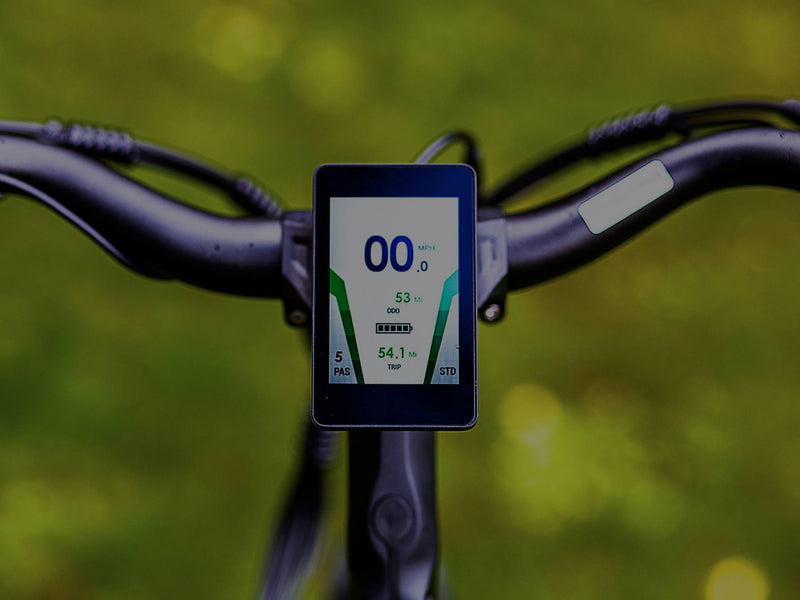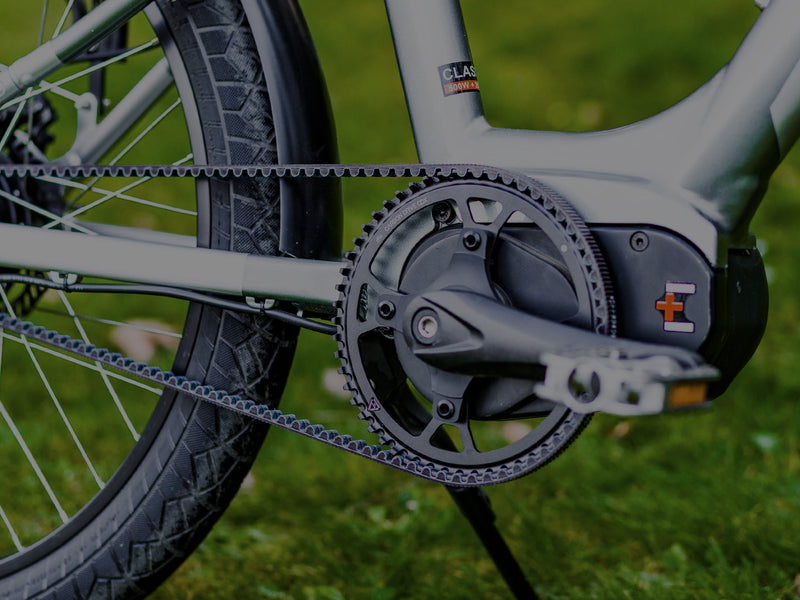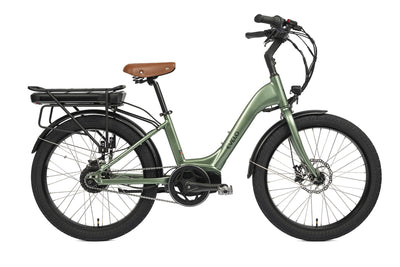THE NUTS AND BOLTS: UNDERSTANDING HOW ELECTRIC BIKES WORK
While the electric motor is most definitely the defining feature of an electric bike, it cannot exist or operate on its own. Rather, it works in cooperation with a number of other important components, most notably, the battery and the bicycle’s drivetrain.
In order for you to become an electric bike expert—ready to make a fully informed decision about which specific electric bike model will best meet your needs and objectives—it’s important that you understand how these components work together as well as the various ways they’re configured on an electric bike. This section will outline and describe the primary types of motors, batteries, and drivetrains currently used on electric bikes so that you can begin figuring out what your ideal electric bike might look like.
MOTORS
As mentioned throughout this guidebook, the motor is the single most important feature of an electric bike—it’s what makes an electric bike an electric bike. For this reason, it is extremely helpful to become aware of the different types of electric bike motors currently available, and to have a sense for the advantages and disadvantages of each one.
• Hub Motors - A hub motor is situated in the hub of one of the bike’s wheels, providing propulsion by spinning whichever wheel to which it’s attached. As electric bikes first began gaining popularity, these were the most frequently used type of motor, and while the increasingly widespread use of mid-drive motors is beginning to shift this trend, hub motors continue to be a dominant component in the electric bike industry.8
Hub motors are described primarily by whether they’re located in the hub of the front wheel or the back wheel: front hub motors provide additional power directly to the front wheel while rear hub motors give extra torque to the rear wheel. Hub motors are generally a bit lower in power and torque, but their advantage is that they are less expensive to manufacture - which results in a less expensive bicycle.
Front hub motors create the sensation that the bike is being “pulled” forward. Because front hub motors don’t impede in any way the bike’s drivetrain, riders can benefit from combining both the mechanical power generated by having multiple gears on the rear wheel and the motorized power in the front wheel. Front hub motors are also quite easy to install and remove because they don’t have to work around chains, derailleurs, or cassettes, which also makes it relatively easy to perform repairs.
On the other hand, front hub motors have a tendency to “slip” or “spin out” since the bulk of the rider’s weight is located behind the front wheel. Additionally, the extra torque introduced by front hub motors typically requires the use of more sturdy forks, rims, and spokes than may be usual.
In contrast to front hub motors, rear hub motors “push” the bike forward, which often feels more natural to those accustomed to riding conventional bicycles, since they also generate power at the rear wheel using a chain and gears. Similarly, because the bulk of the rider’s weight is above the rear wheel, rear hub motors tend to spin out less often than front hub motors and, in certain riding conditions, can provide a smoother, more efficient riding experience.
However, rear hub motors can be tricky to install or remove since they have to work around derailleurs, chains, and cassettes, which can also make it difficult to perform certain types of repairs. Despite the familiar feel of power being generated at the rear wheel, the added bulk of the rear hub motor can negatively affect the overall handling of the bike, making it a feel bit back-heavy. Finally, like their front hub counterparts, rear hub motors introduce extra torque to the rear wheel which means they should be used with particularly strong spokes and rims.
• Mid-Drive Motors - It’s becoming more and more common to see mid-drive motors in use on a variety of electric bike models, and for many riders, these motors provide an especially versatile, balanced, and powerful riding experience.
Instead of being located in the hub of one of the wheels, mid-drive motors drive power to the bike’s drivetrain, typically at the crankset. By directly powering the bike’s cranks, mid-drive motors work in tight coordination with the bike’s already existing gears, amplifying the mechanical advantage they provide. This becomes particularly helpful when it comes to climbing steep hills or navigating extended inclines. On this type of terrain, mid-drive motors “can leverage the lower gears of the bike and keep their RPMs in an efficient range without getting ‘bogged down’ like a hub motor.”9
In addition to efficiently complementing the bike’s existing gears, mid-drive motors often allow for more intuitive and user-friendly designs. Typically attached to the bike somewhere around the bottom bracket, mid-drive motors leave the huge majority of components untouched, which makes it easy to repair or replace parts as needed. Similarly, the placement of mid-drive motors means that the additional weight introduced by the motor is located closer to the bike’s natural center of gravity, creating a more natural riding sensation than hub motors. Lastly, having the motor drive the crank allows some design flexibility for the rest of the bike, such as allowing the use of an internally-geared hub and/or a belt drive transmission.
With all that said, however, mid-drive motors typically use more proprietary drivetrain components. Additionally, most mid-drive motors come only on complete electric bikes, and in many cases are harder to use when attempting to convert a conventional bicycle to an electric bike. Lastly, the advantage of the mid-drive motor come at a premium as most electric bikes with this motor configuration are more expensive than the ones with the hub motor placement.
BATTERIES
Batteries are, in many ways, the fundamental reason electric bikes have emerged as such promising vehicles in the 21st century. The highly efficient, relatively lightweight, and rechargeable batteries currently in use ensure that electric bikes have a reliable source of power that contributes to creating a more enjoyable and effective riding experience.
The evolution of batteries, especially over the course of the last couple decades, has had a direct impact on the evolution of electric bikes. According to ElectricBike.com, “the turning point between electric bike ‘history,’ and our modern era” of widely available and regularly used electric bikes is “the mass production of lithium batteries,” which resulted largely from the explosive growth of the computer industry.10 Once these lighter, more compact, more efficient, and more powerful rechargeable batteries became cheaper and more accessible, electric bike builders began using them to create more visually attractive, lighter, more reliable electric bikes.
The primary consideration to make when looking at electric bike batteries is the range of the battery, which is typically described in terms of how many miles you can get out of a single charge. Obviously, the distance you can travel before having to recharge your battery depends on how much motor assistance you plan to use while riding. The more you pedal and the less you use the motor, the more miles you can get out of the battery. Conversely, if you use more motor assistance and pedal less, then you’ll get fewer miles out of your battery. In any case, though, today’s electric bike batteries are efficient enough to provide any rider the power needed to make their bike rides fun, convenient, and productive.
Today’s high quality electric bike batteries should typically give you somewhere between 20 and 60 miles per charge, and they should be lightweight enough, and compact enough to blend in with the design of the bike—a good battery should not get in the way or in any way detract from your ability to ride comfortably.
DRIVETRAINS
The third piece of componentry that you need to be aware of is the drivetrain. “Drivetrain” refers to a system—typically comprised of several smaller parts working together in tandem—that provides the power and torque necessary to turn the wheels of a vehicle. On most standard bicycles, the drivetrain is made up of the crankset, chain, and some sort of gear system, almost always attached to the rear wheel. Bikes use either a single gear or a multi-geared drivetrain to help convert the power required to turn the cranks into actual propulsion power.
Electric bikes work in conjunction with already existing bicycle drivetrains, and while this means that there are typically fewer variables involved with electric bike drivetrains than with other components like motors and batteries, you should still be familiar enough with them to make a well-informed decision when it comes time to select your own bike. Since electric bikes are focused on providing efficient, convenient, and accessible transportation, we’ll focus only on multi-geared drivetrains, as these mechanisms play an important role in helping cyclists—whether riding an electric bike or a conventional bike—navigate hills and other obstacles.
• Multiple Gears With Derailleur - Having been established as the go-to technology for conventional bicycles, derailleurs mechanically move the bike chain across a range of differently sized gears that change the efficiency of each pedal stroke; some gears are better suited for climbing up hills while others are best for cruising along level ground.
Many electric bike motors work in coordination with already existing gears and derailleurs, allowing riders to shift through their gears to find the best efficiency for any given riding condition, while also utilizing the motor’s power to provide an ultra smooth, convenient, and fun way to ride.
• Internal Gear Hubs - In contrast to drivetrains that use a derailleur to shift through a set of external gears attached to the rear wheel, internal gear hubs or transmissions feature a range of gears housed inside the hub of the rear wheel.
Unlike the traditional multi-geared drivetrains, the internally geared hub transmissions house the gearing inside a factory-sealed hub. This setup completely removes the need for a unsightly derailleur and allows for better shifting under load and while stopped. Instead of shifting from one gear to the next, cyclists using this type of drivetrain turn a knob located on the handlebars to increase or decrease the amount of leg effort required to turn the cranks.
Some internally geared hubs take it one step further. The Enviolo CVT lacks a discrete number of gears and instead offers a virtually unlimited shifting. The Enviolo transmission even offers fully automatic shifting. When combined with a mid-drive electric motor, the Enviolo drivetrain creates an electric bike that is especially flexible and that allows riders to fine tune and tailor their riding experience to meet their specific needs, geographies, and riding styles.
Electric bikes combine components and technologies from various industries and fields in exciting and innovative ways in order to produce a truly unique cycling experience. By becoming familiar with the basic components and technologies that make electric bikes particularly efficient and convenient vehicles, you empower yourself to choose the specific electric bike—equipped with the perfect type of motor, battery, and drivetrain—to meet your cycling needs, expectations, and goals.






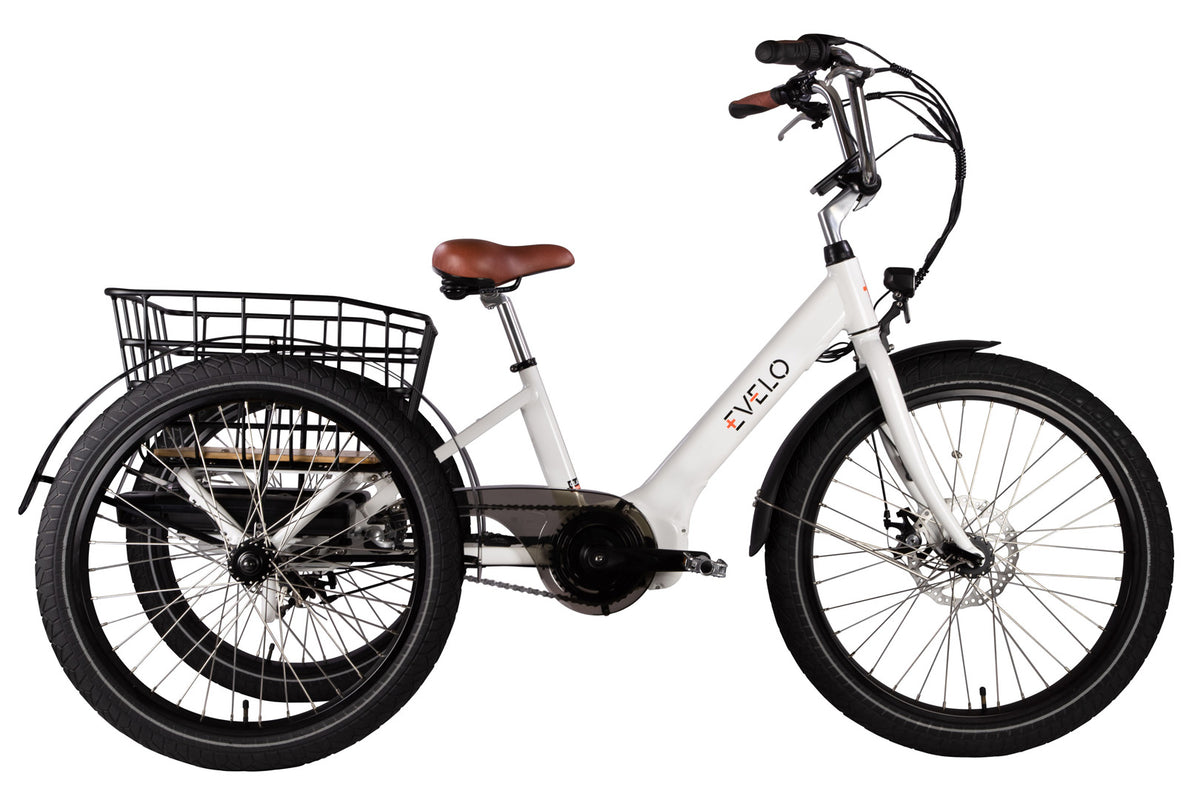
 Easy Assembly
Easy Assembly
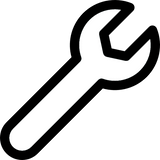 Service and Repairs
Service and Repairs
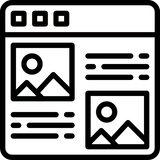 Ebike Articles & Content
Ebike Articles & Content

